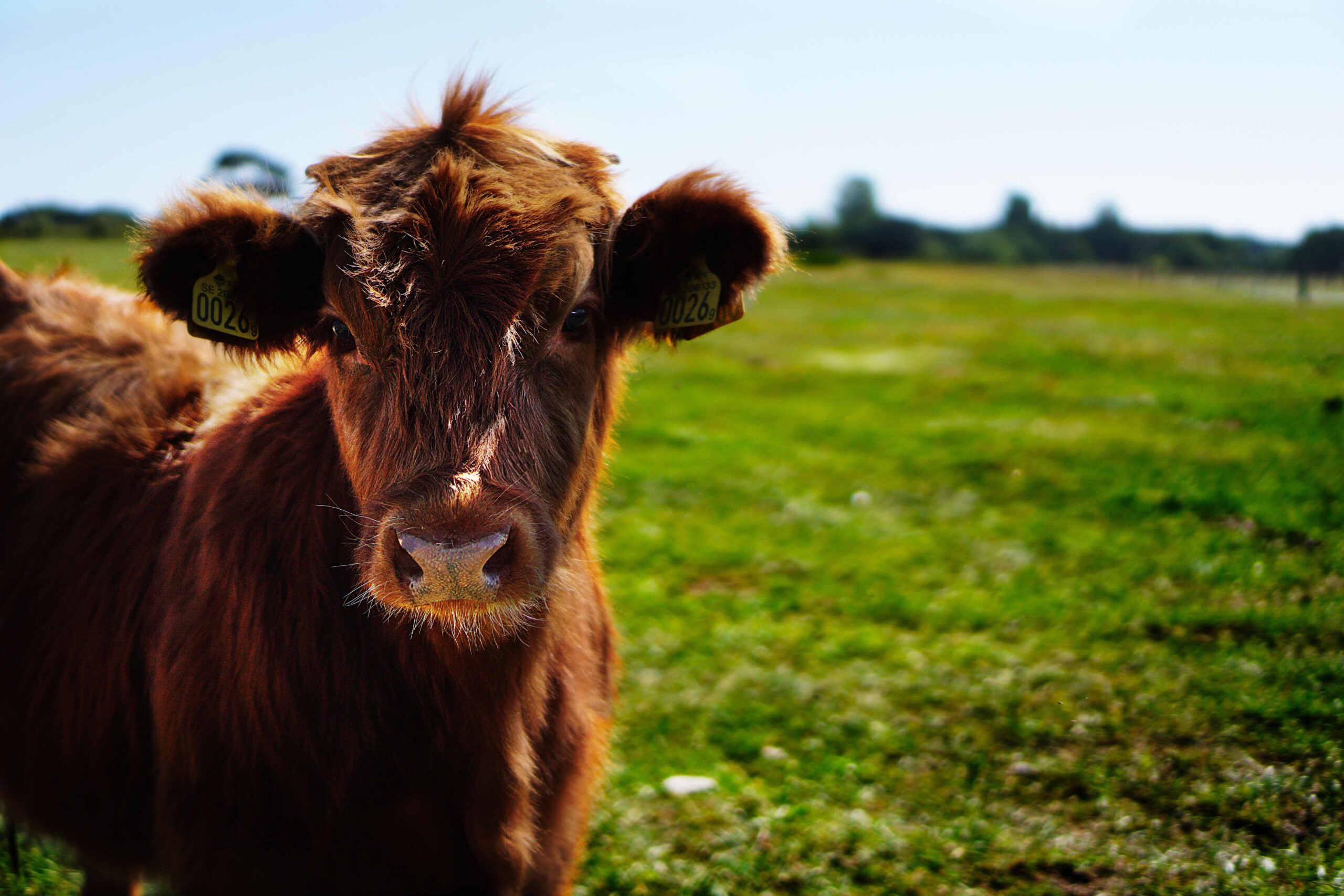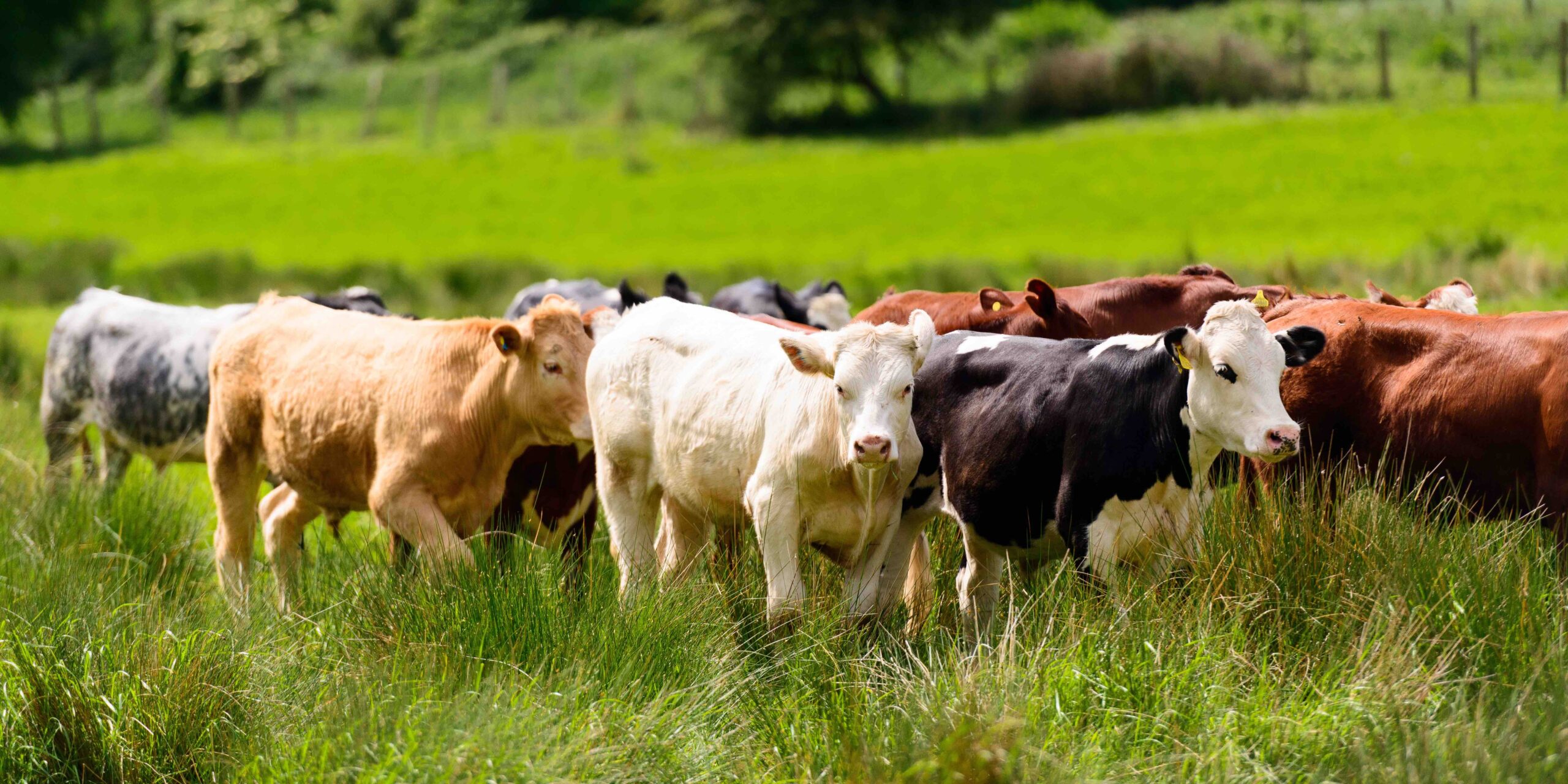Cattle markets finished October on a weak note with the CME Feeder Cattle Index around $237 per hundredweight. This price represents a $17 per hundredweight decline compared to the peak value, which occurred in September. However, the decline in prices is not the worst of it. The worst of it was that many cattle producers missed out on the opportunity to hedge cattle to be sold in the fourth quarter of 2023 and the first eight months of 2024 and will likely receive lower prices.
Traders and market participants clearly had high expectations for feeder cattle as can be seen in Figure 1 with most contracts finding their life of contract high in September. Most contracts are $20 to $30 off their contract high as of this writing with more weakness evident in the market. Despite a favorable opportunity to hedge the sale of cattle in September and early October, not all hope is lost. One could easily compare the Christmas tree in A Charlie Brown Christmas with cattle market prices, but most would look at it from the glass half empty perspective instead of the glass half full perspective. One could certainly sulk in the losses and the missed hedging opportunities, but one must remember that markets are still alive just like the Christmas tree Charlie Brown chose. This means there are opportunities for gains in the current market.
The first aspect to consider is that feeder cattle futures are still offering a favorable price to hedge the sale of feeder cattle through most of 2024. If a profitable price can be achieved with current futures prices, it could still be a wise move to secure those profits. If there is concern of missing out on larger profits if the market price strengthens, then there are strategies using put and call options to capitalize on a stronger market. The primary objective is to be an active marketer instead of passive.
Figure 1. Daily feeder cattle futures close price by contract month.

Griffith, Andrew P. “A Charlie Brown Christmas for Cattle Prices.” Southern Ag Today 3(46.2). November 14, 2023. Permalink












